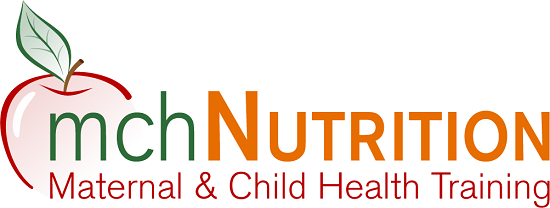 Laura is a 1st year trainee at the University of Minnesota – Twin Cities. She is pursuing a PhD in Nutrition and a doctoral minor in Epidemiology at UMN. Her research is focused on the intersection of obesity and disordered eating in children and adolescents. She is interested in understanding how external factors such as weight stigma and food insecurity impact health outcomes in these populations.
Laura is a 1st year trainee at the University of Minnesota – Twin Cities. She is pursuing a PhD in Nutrition and a doctoral minor in Epidemiology at UMN. Her research is focused on the intersection of obesity and disordered eating in children and adolescents. She is interested in understanding how external factors such as weight stigma and food insecurity impact health outcomes in these populations.
I was thrilled to learn that I would have the opportunity to work as a research assistant on the Positive Deviance Child Obesity Supplement for the MCH Nutrition Training Program here at UMN. What is Positive Deviance you ask? Positive Deviance is an innovative approach to public health research. Traditional research approaches investigate the sick, focusing on a particular disease. They focus on identifying risk factors associated with a particular disease, reducing modifiable risk factors, with the goal to mitigate the population’s risk for developing that disease. Positive Deviance uses a different approach. In Positive Deviance, instead of studying the “sick,” researchers study the “well.” Within an at-risk population, they ask who does not develop the disease? They aim to identify protective factors or protective behaviors within the “well” population. Finally, they aim to promote those protective behaviors within the at-risk population.
For the Positive Deviance Child Obesity Supplement, the condition we are studying is child obesity. We will be looking at 2- to 5-year-old children who are at risk for developing obesity. Our goal is to identify the characteristics that are associated with (and possibly responsible for) not developing obesity. For example, which children do not have accelerated weight gain and what characteristics do they share?
Why am I so excited about this approach, you ask? Well, before I returned to graduate school to purse a PhD, I worked as a MS, RDN for 10 years in child and adolescent obesity clinical programs at Seattle Children’s Hospital. We used a strengths-based approach to clinical care. We partnered with children, adolescents, and their families to help them to see what they were already doing well, then we built upon those strengths as we set SMART goals (Specific, Measurable, Agreed-Upon, Realistic, and Time-Oriented). I saw firsthand how helpful it was to patients and families when our clinical team was able to empower them to feel good about what they were already doing and then make changes based on those strengths. When I was first being trained in this approach to clinical care, one of my mentors used this analogy: “You don’t teach a child to read by listing off all the things they are doing wrong. You start with what they are doing well and then build from there.”
Even though the strengths-based approach to clinical care is not the same thing as Positive Deviance research, they both focus on investigating what is going well rather than investigating what is going wrong. Child obesity is such a complex, multifaceted, layered problem, and previous research approaches have not been able to adequately prevent the condition from developing. It is a puzzle that has yet to be solved. Our research team is currently recruiting participants, and we will be collecting qualitative data this summer. I am very excited for the opportunity to participate in this innovative approach to research and eager to see what we discover!
Reference:
Alex Foster, MD, MPH https://www.youtube.com/watch?v=EOGHqDaiJL0&t=216s

Published by